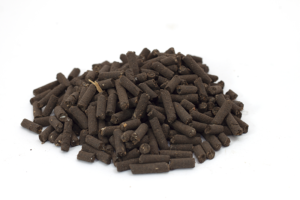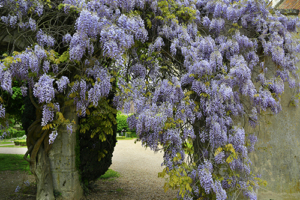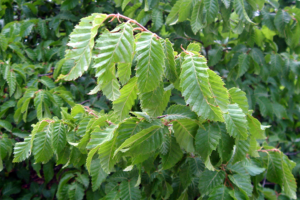YouTube
Making deadwood on Juniper bonsai #terryerasmusbonsai #bonsai #juniperbonsai #jin #deadwood
Bonsai Deadwood
Bonsai trees are miniature versions of full-sized trees grown in small pots or containers. One of the key elements of bonsai design is the use of deadwood, which adds a sense of age and character to the tree. In this blog post, we will explore the creation and maintenance of bonsai deadwood.
Creating Deadwood on a Bonsai Tree
The process of creating bonsai deadwood involves carefully shaping and sculpting the tree’s branches and trunk to give it the appearance of age and weathering. There are several techniques used to create deadwood on bonsai trees, including jin and shari.
Jin is a technique used to create the appearance of dead branches on a bonsai tree. To create a jin, a live branch is carefully removed from the tree, and the remaining stub is shaped to resemble a dead branch. The stub is then left to dry out and turn a silver or white color, creating a stark contrast with the green of the live branches.
Shari is a technique used to create the appearance of dead bark on a bonsai tree’s trunk. To create a shari, a thin layer of bark is carefully removed from the trunk, revealing the white wood underneath. The exposed wood is then left to dry out and turn a silver or white color, creating a stark contrast with the green of the live bark.
Both jin and shari are advanced techniques that require a high level of skill and experience. Before attempting to create deadwood on your bonsai tree, it’s important to have a good understanding of bonsai tree care and proper pruning techniques.
Maintenance of Bonsai Deadwood
Once the deadwood has been created on a bonsai tree, it requires special care and maintenance to ensure that it remains in good condition. The first step in maintaining deadwood is to keep the tree well-watered and fertilized. Deadwood is not alive and, therefore cannot absorb water or nutrients, so it is important to ensure that the surrounding live tissue is healthy and robust.
It’s also important to protect the deadwood from pests and diseases. Deadwood is more susceptible to rot and decay than live wood, so it’s important to keep an eye out for any signs of decay and treat it immediately. Regularly inspecting the deadwood for signs of rot or decay, such as discoloration, soft spots, or a musty smell, is a good way to catch potential issues early on.
Another important aspect of maintaining deadwood is to protect it from the elements. Deadwood can be damaged by excessive sun exposure or extreme weather conditions, so it’s important to protect the tree from harsh sunlight and to make sure that it’s protected from high winds and heavy rains.
Finally, it’s important to remember that deadwood is not a permanent feature of a bonsai tree. Over time, deadwood can become brittle and break off, so it’s important to keep an eye on the condition of the deadwood and to make repairs as needed. This can include reinforcing the deadwood with wire or resin, or even replacing it altogether.
In conclusion, creating and maintaining bonsai deadwood is a complex and challenging aspect of bonsai tree care. It requires a high level of skill and experience, as well as a deep understanding of bonsai tree care and proper pruning techniques. However, with proper care and maintenance, deadwood can add a sense of age and character to a bonsai tree, making it a beautiful and unique work of art.







Leave a Reply
Your email is safe with us.
You must be logged in to post a comment.